We often talk to customers about the need to treat reliability as a process rather than a project and Asset Strategy Management (ASM) is an effective way to do that.
What we should make clear though, is that moving to a process-driven approach does not necessarily mean throwing out what has worked for you in the past.
In fact, Reliability Centered Maintenance (RCM) remains a best practice methodology for developing and reviewing maintenance strategies, and contrary to what some may think, it can effectively be applied to all assets, irrespective of criticality.
We recently published a blog on how to apply RCM everywhere and this is a follow up looking at how to apply RCM on an ongoing basis.
Wrapping a process around RCM
RCM is often seen to be a costly exercise, but the real issue is that most organizations fail to maximize the benefits. They carry out an RCM project, create new or revised maintenance plans, and then load the plans into their EAM or CMMS where they remain untouched until the next project.
What organizations should do is review and adjust those maintenance plans on an ongoing basis. This is where having a structured approach like ASM can help. It helps drive continuous review and improvement of plans, triggered by changes in business priorities and operating environment. It also provides a mechanism for the rapid deployment of any changes. So organizations can make small changes to plans as required, without the time and cost of running entirely new RCM projects.
Applying RCM to single failure modes
Another benefit of treating RCM as a process is that you can start to apply it more broadly. For example, RCM projects typically involve a review of multiple assets and hundreds or even thousands of failure modes. However, if you already have an effective structure in place for RCM you can easily and efficiently apply it to single failure modes. A Failure Mode, Effect and Criticality Analysis (FMECA) structure works well in this regard and can be applied to all assets regardless of criticality.
When you apply RCM to single modes of failure or low criticality assets, you may sometimes find that the assets don’t actually require maintenance and that’s okay. The important thing is that you’ve done the analysis and can make that decision based on the assessment of risk.
You can learn more about our approach to RCM here.


